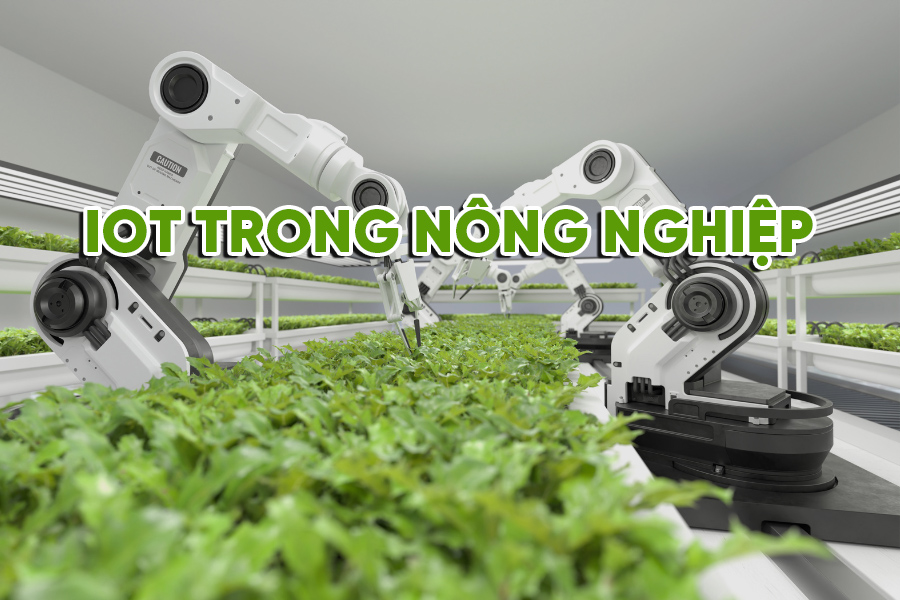1. Current status of digital transformation in Vietnamese agriculture:
- Great potential:
- Vietnam is a country with a long-standing agricultural tradition and plays an important role in the economy.
- Digital transformation is considered the key to improving productivity, quality and added value of Vietnamese agricultural products.
- Some fields have begun to apply digital technology such as:
- Using drones to monitor fields.
- IoT applications in smart farm management.
- Using e-commerce platforms to connect agricultural products to markets.
- Limited reality:
- The speed of digital transformation in agriculture is still slow compared to other economic sectors.
- Most farmers still use traditional farming methods.
- Information technology infrastructure in rural areas is still weak.
- Lack of human resources with expertise in digital technology in agriculture.
2. Difficulties in the digital transformation process:
- Weak IT infrastructure:
- Internet connection is unstable, especially in remote areas.
- The cost of internet access is still high compared to farmers' income.
- Lack of investment capital:
- Investment costs for digital technology in agriculture are quite large.
- Farmers and agricultural enterprises have difficulty accessing preferential loans.
- Limited human resources:
- Lack of digital technology experts in agriculture.
- Farmers have not been properly trained in digital technology skills.
- Fear of change:
- Many farmers are still familiar with traditional farming methods and are afraid to adopt new technology.
- Lack of confidence in the effectiveness of digital technology.
- Unsynchronized policies and mechanisms:
- There is no complete legal framework to promote digital transformation in agriculture.
- There is no effective coordination mechanism between ministries, branches and localities.
3. Solutions to promote digital transformation in agriculture:
- Investment in developing information technology infrastructure:
- Upgrade internet access in rural areas.
- Building agricultural data centers.
- Increased financial support:
- Provide preferential credit packages for farmers and agricultural enterprises.
- Encourage private sector investment in high-tech agriculture.
- Improving the quality of human resources:
- Training farmers in digital technology skills.
- Attracting IT talent to work in the agricultural sector.
- Strengthening propaganda and raising awareness:
- Organize training programs and workshops on digital transformation in agriculture.
- Share successful digital transformation models.
- Perfecting policies and mechanisms:
- Building a synchronous legal framework to promote digital transformation in agriculture.
- Strengthen coordination among stakeholders.
- Developing smart agricultural models:
- Encourage and support high-tech application models in production.
- Building smart agricultural value chains, from production to consumption.
Conclude:
- Digital transformation is an inevitable trend of Vietnam's agricultural sector.
- To achieve success, it requires the efforts of the entire political system, businesses and farmers.
- The synchronous implementation of the above solutions will help Vietnam's agricultural sector develop sustainably and improve its competitiveness in the international market.


